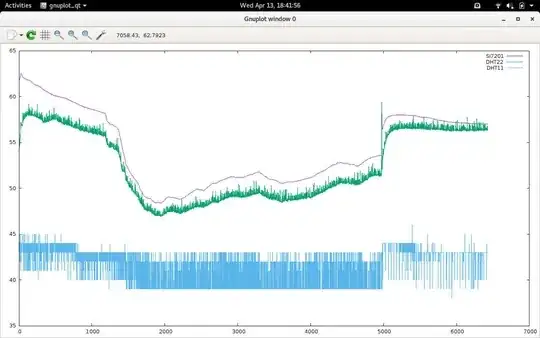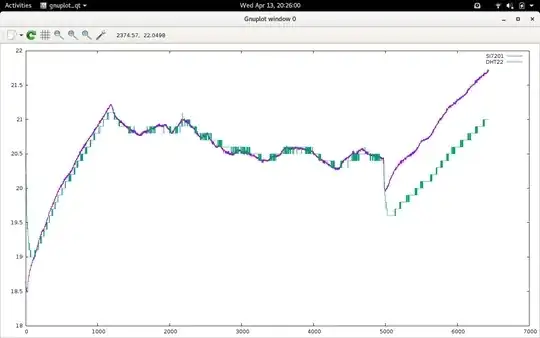Background: My project is to have several raspberry pis measuring and record temperature and humidity throughout our factory. DHT22 AM2302 sensor seemed like the best option at the time, do to its ability to measure both humidity and temperature at the same time. Also its affordable cost seemed to good to be true.
Problem: The current issue I am having is with the accuracy of the DHT22 AM2302 readings on humidity. I'm using the AdafruitDHT driver with a python script. We have several other handheld temperature and humidity sensors we use to manually check our factories conditions. The humidity seems to be 10+ degrees off. Which when calculating heat-index greatly effects the the HI value.
Questions: Has anyone else had this issue? Can you re-calibrate the sensor if though it is pre-calibrated during production? Should I not waste my time and invest in a more reliable industrial grade humidity sensor? Any help would be wonderful.

